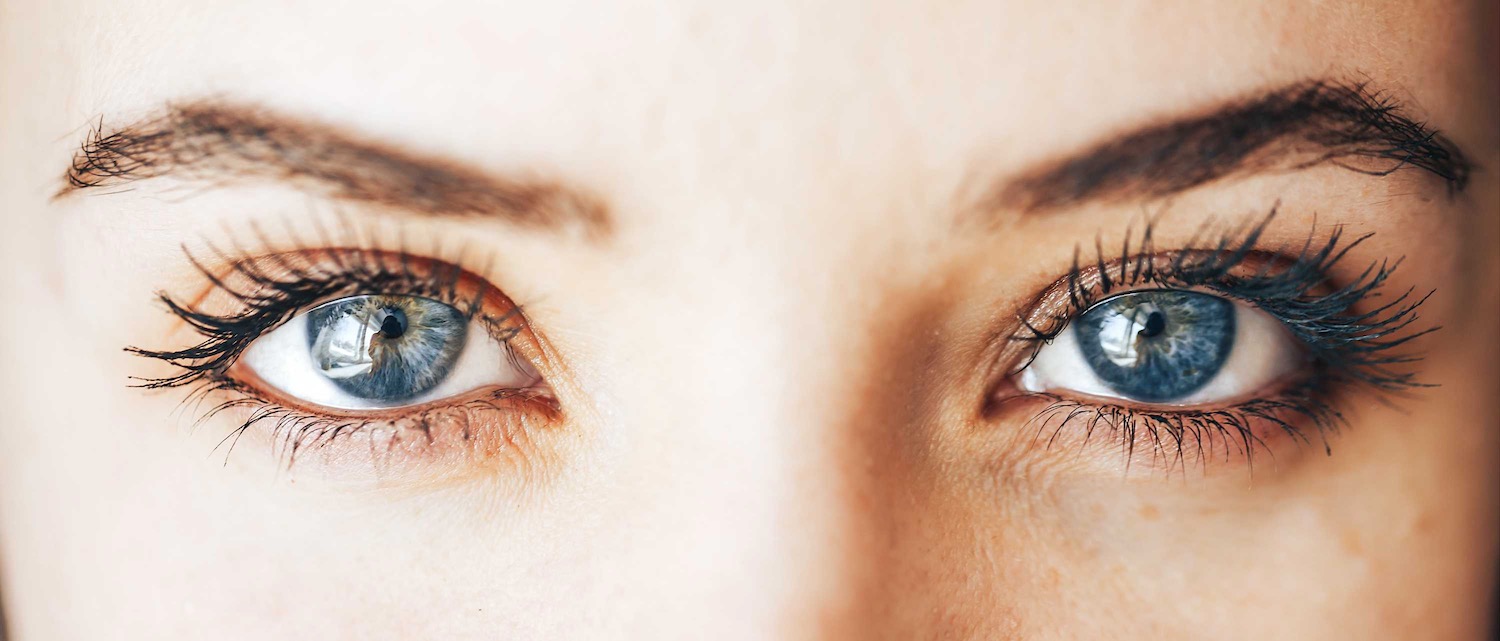
How Many Botox Units for Eyes?
The area around the eyes is one of the most popular for which patients seek out Botox treatments. Probably due to the fact that one’s age is reflected most in the lines and puffiness around the eye area.
But just how many Botox units are required to treat the eyes? The answer to that question depends largely on the area around the eyes that is being treated. Generally speaking, about 15-25 Botox units are needed to treat crow’s feet. Forehead lines, meanwhile, require about 10-20 Botox units. And lastly, frown lines – in the center of the forehead – need about 5-10 Botox units.
Most people need at least 10 units of Botox to achieve their desired results for the eyes. However, it’s important to remember that everyone is different. Your doctor is best to advise you on the appropriate amount of Botox units for you.
The number of units of Botox needed to treat under-eye bags is typically based on the severity of puffiness you are experiencing. For example, if your under-eye bags are mild, then you can expect to receive about 20 units per eye; however, if your under-eye bags are severe, you may need up to 40 units per eye. Most people require between three and five treatment sessions for this type of Botox treatment.
Treating crow’s feet through the injection of Botox into the forehead muscles – also known as a brow life – should be done using a 1:2 milligrams/unit ratio distributed equally in five injection points around each eye area (the brow lift will involve 15-30 injections). To treat crow’s feet through suborbicularis oculi injections, 1:2 milligrams/unit is injected into three injection points. For treatment of periorbital dark circles, as much as 5 milligrams may be used in a single session.
When used correctly, Botox can be one of the best defenses against the tell-tale signs of aging that take the form of lines and wrinkles around a person’s eyes. Therefore, it is imperative that your doctor properly assess your personal situation before prescribing an exact number units of Botox for treating the eye area. Doing so will help ensure the best results possible.
What to Expect with Eye Botox
Many people are fearful about getting Botox injections because they think of the procedure as painful and quite scary. However, the treatment is actually quite simple.
After receiving a local anesthetic to numb your skin, your doctor will use a very fine needle to inject tiny amounts of natural protein into specific areas in order to temporarily paralyze the muscles that cause wrinkles and lines on your face.
The process takes just minutes, and you can usually continue with moderate activities right after the procedure with little or no downtime at all. During the injection process, you can expect to feel some pain or discomfort, but most people find that this pain is tolerable. Lidocaine gel may be applied before giving an injection to help numb up the area around the eye.
Botox injections for the eyes are considered safe and effective treatments; however, as with any medical procedure, there is always a risk for side effects. Some people may experience dryness or irritation in their eyes after getting an injection. Others may develop temporary blurred vision. In rare cases, Botox injections for the eyes may cause more serious complications like vision loss, double vision, droopy eyelids, or severe eye infections.
Other possible side effects may include pain or discomfort during injections, unwanted changes in eyelash height or thickness, dry eyes due to Botox paralyzing the eye muscles, and a temporary decrease in your ability to sweat.
Following a Botox treatment, you can also expect to experience some redness, bruising, and mild swelling. These side effects should subside within three days of getting a treatment. If desired, you can use makeup to cover up any residual bruising, but apply any coverup creams or powders with caution as too much pressure on the treatment area can cause more bruising.
There is a recovery time of about two weeks needed after getting Botox injections for the eyes. During this time, you should avoid rubbing or massaging the treated area. You should also avoid strenuous activities, such as exercising or certain types of work. If you do experience any flu-like symptoms after getting an injection, such as a fever, nausea, or muscle aches, contact your doctor immediately.
In summary, generally speaking, most people need about 10 units of Botox to achieve their desired results for the eyes and it is a safe and effective treatment. The most common side effects are bruising around the injection site, temporary drooping of facial features, which typically lasts for two days, pain or discomfort during injections, unwanted changes in eyelash height or thickness, dry eyes due to Botox paralyzing the eye muscles, and a temporary decrease in your ability to sweat.
Botox injections for the eyes are a safe and effective way to reduce wrinkles and lines, and most people experience minimal side effects. If you’re interested in trying this treatment, consult with a qualified doctor to find out if it’s right for you. You may be surprised at how natural and youthful you look after just a few treatments!
